Almost every product category has its moment, a period marked by rapid innovation and new introductions. Electronic entry locks are having one of these moments.
Thanks to the development of smart locks, traditional keys can stay in a consumer’s pocket or purse if they choose. With an electronic lock, a mobile device, and an app, homeowners can approach a door and it will unlock automatically, or they can use a fob or an entry code, share temporary E-keys with contractors and guests, or monitor the door from the web. The category is young, but it’s growing fast.
Electronic locks are benefiting from an overall growth in home automation, and North America is the most robust market in the world, says Berg Insight, an “internet of things” market research firm based in Sweden.
According to a recent report from the company, “North America recorded strong growth in the smart-home market during 2014. The installed base of smart-home systems in the region increased by 75 percent to reach 10.2 million at the year-end. An estimated 1.8 million of these were multifunction or whole-home systems whereas 8.3 million were point solutions designed for one specific function.”
A recovering construction market also is spurring sales for electronic locks, as builders look to add smart features to their homes and use the products as a sales tool. “New construction is moving ahead and continues to grow at a respectable pace,” says Dave Seeman, sales director for Kwikset. “With this uptick in building comes the accompanying need for home builders to differentiate their inventory from competitive offerings.”
Electronic lock makers are using all of these positive developments to move the category forward. As a result, the smart lock is one of the top products within the connected home solution, with its convenience a big draw. “Part of it is being extended by the simplicity and the peace of mind that gets delivered when you can connect with a lock when you’re away from home—whether it’s from a smartphone or computer,” says Keith Brandon, vice president of residential access solutions at Kwikset.
Electronic locks fall into two basic categories: stand-alone, single-point units and connected products that are part of a larger system.
A stand-alone setup usually includes a Bluetooth-enabled lock or dead bolt and an app that allows a homeowner to control the unit with a smartphone or tablet. Such products are easy to install and simple to use. They are ideally suited to multifamily projects, retrofit situations, or in entry-level housing where a builder wants to include a basic smart-home feature.
“A point solution will in most cases constitute the consumer’s first smart-home purchase,” Berg Insight writes in its report. “In fact, point solutions outsold whole-home systems in 2014 by a factor of six to one and generated 59 percent of the combined market revenues in North America and Europe.” Berg says security systems are among the most successful point solutions, along with smart thermostats, smart light bulbs, and other items.
Whole-house automation systems, on the other hand, allow builders to offer a wide variety of features, including security, lighting control, and HVAC. Such systems can be expensive, and they usually require professional integrators and installers. But there are ways to offer buyers an affordable solution. “Builders should have a general understanding that if it’s an open platform they can use it to get homeowners started with a few things and then they can add other features over time,” says Mark Fish, director of sales and business development for lock manufacturer Yale.
An electronic lock is a good place to start with smart-home features, Fish explains, because it’s one of those things that can be used every day by multiple people. “If a builder can offer smart-lock technology and allow the homeowner to grow with it, the homeowner can decide what’s going to be important to them,” he continues.
As with most things electronic, there is a security concern. Whole-house systems using Z-Wave or Zigbee wireless standards require a hub or panel and offer the best protection, but stand-alone products that use Bluetooth carry some risks.
“People have voiced concerns with regard to the proximity of the phone to the door (or behind the door or in front of the door) or wonder if the bad guy is trying to break in and a homeowner is on the phone dialing 911 and they are close to that door, could it open?” Fish says. “You get varying responses from people, but at the end of the day the answer is that it could.”
Yale has developed a new system—Twist and Go technology—that takes care of this problem. “After rotating the mobile phone 90 degrees, a user can unlock the door by simply touching the keypad,” the company says. “This patented technology prevents accidental unlocking, a potential risk with other available Bluetooth locks.”
Even though manufacturers are working out the kinks to help make their products safer, the smart-lock category is one builders, remodelers, and architects should not ignore. Berg Insight points to the fact that more major retail chains, such as Target and Walmart, have started to sell home automation products, which speaks to the category’s growing popularity.
“Another development that will drive the smart-home market is Apple’s commercial launch of HomeKit [home automation framework] and the large number of HomeKit-compatible products that will be introduced by smart-home product vendors,” the company’s report says. “This will result in increased visibility among consumers that benefits all players in the market.”

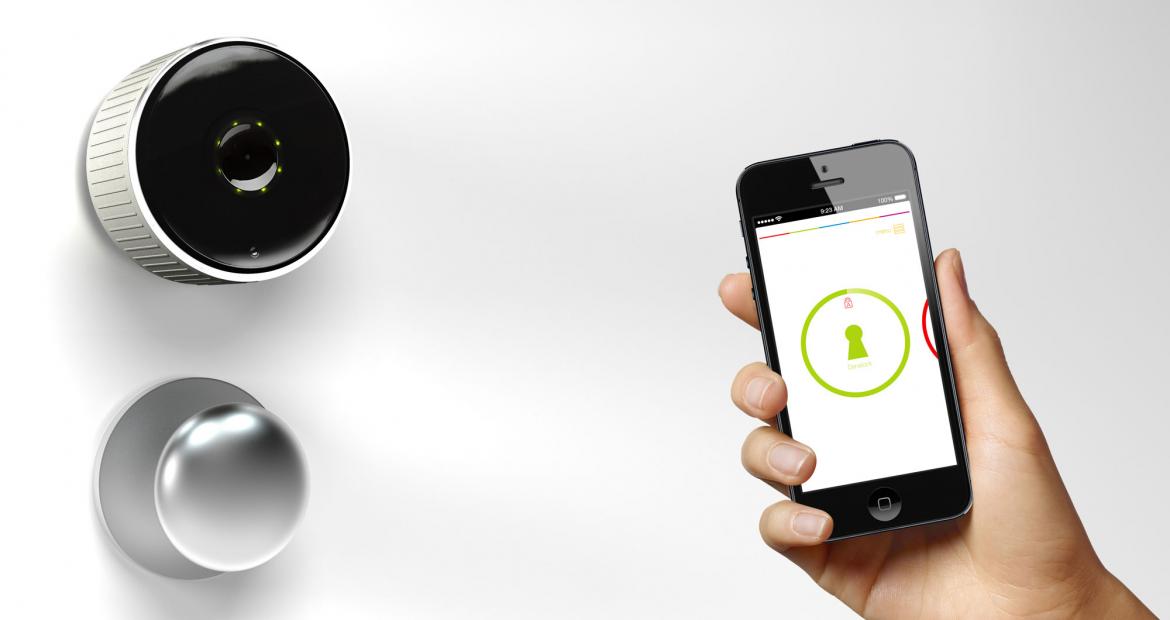
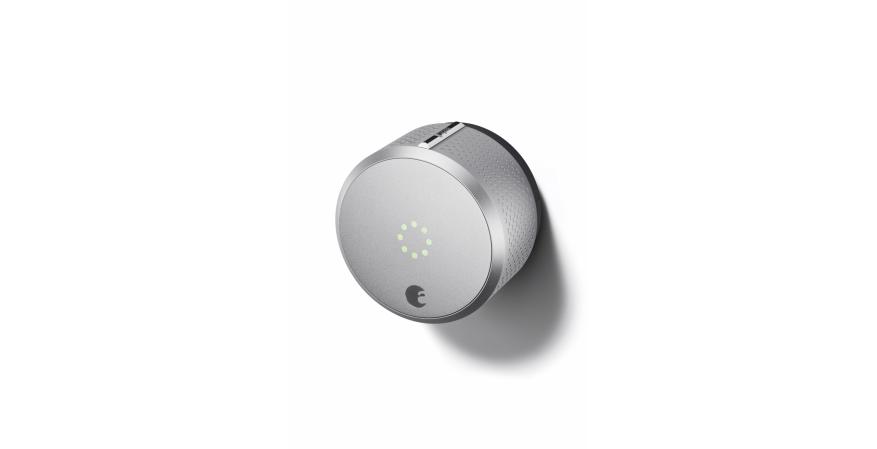
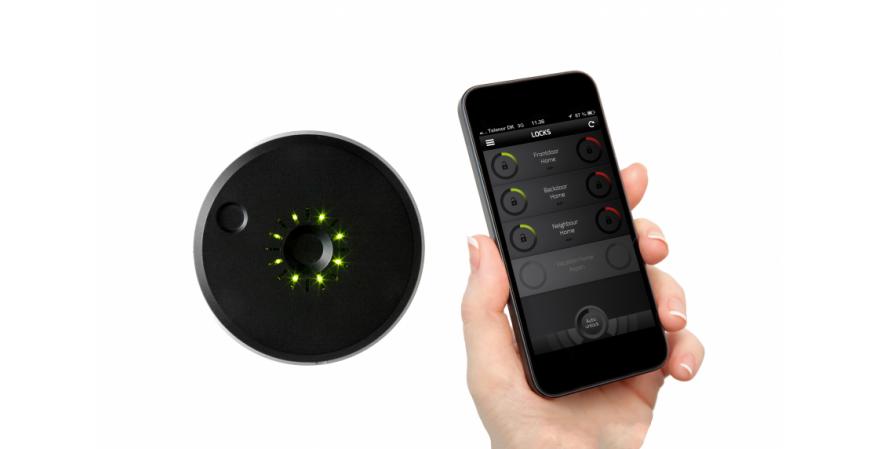
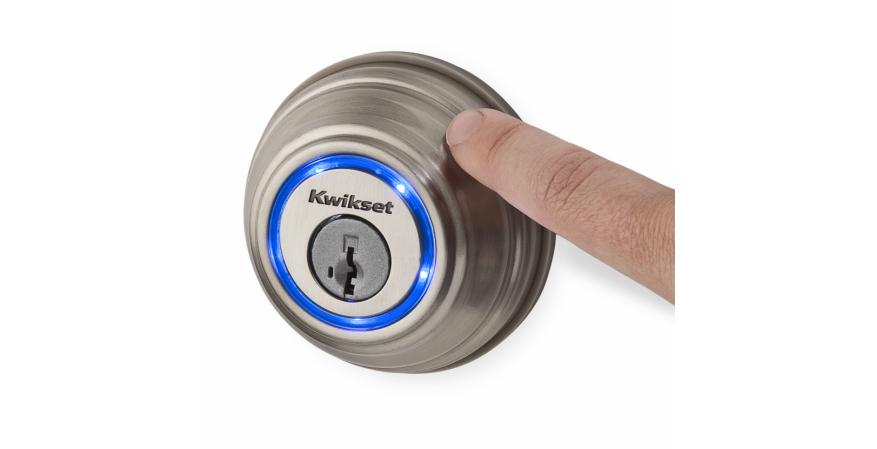
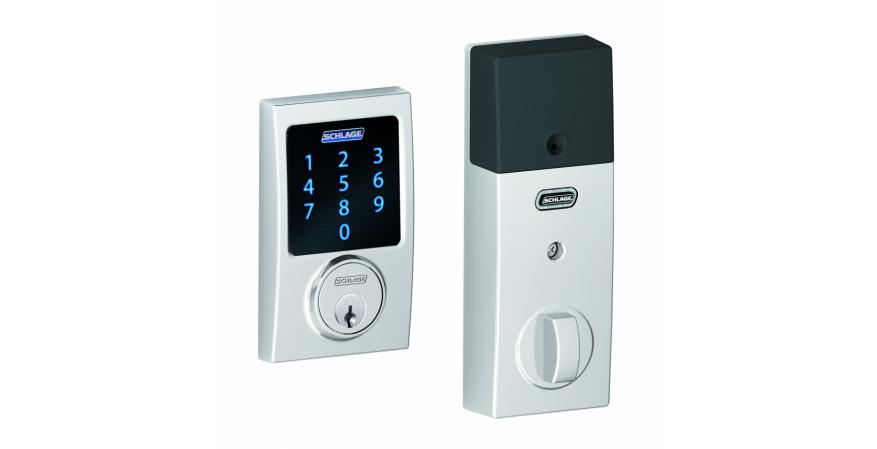
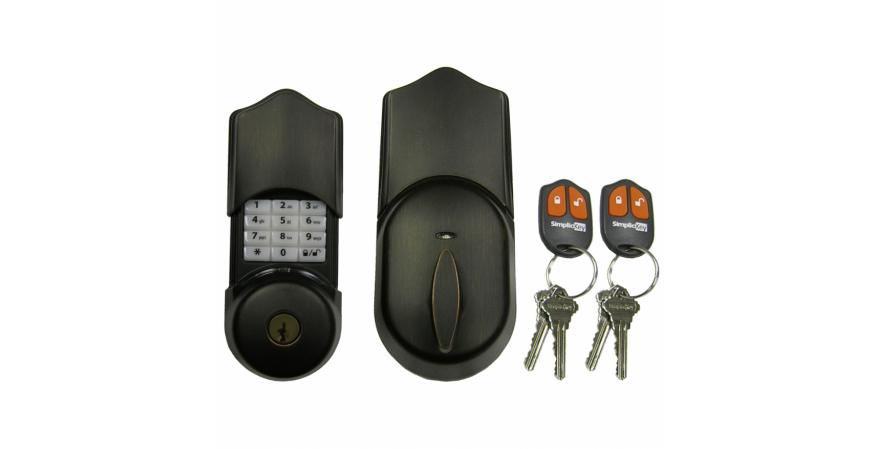
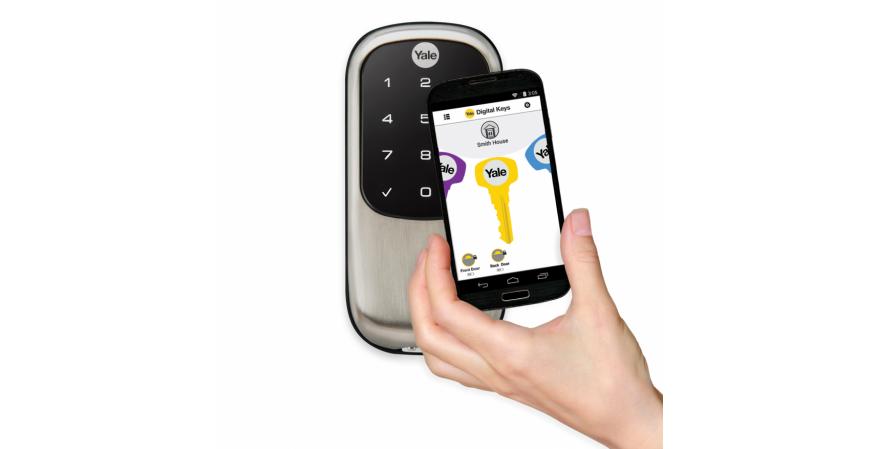
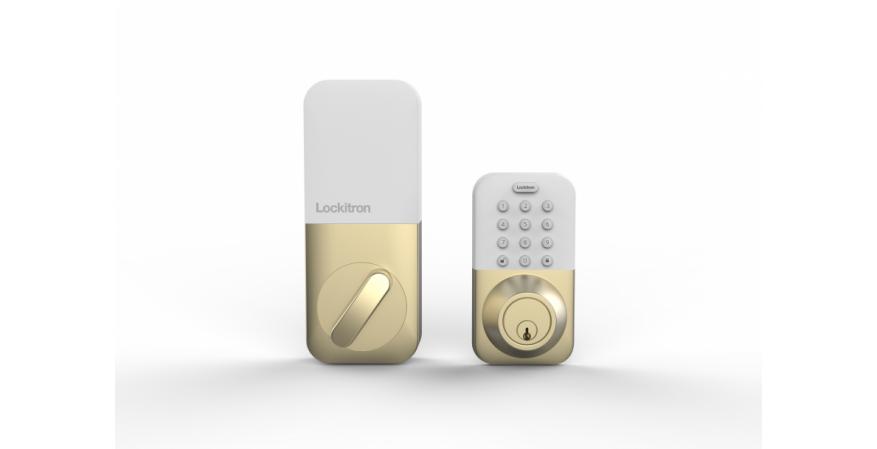
Add new comment